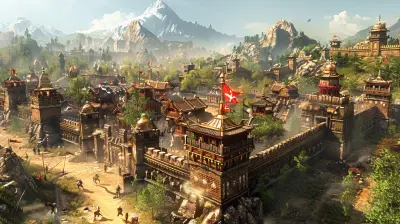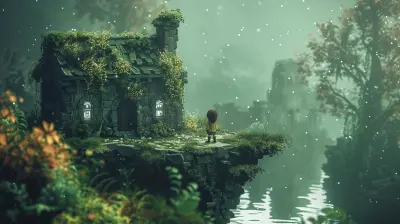The Evolution of Mobile Gaming: Past, Present, and Future
14 June 2025
Grab your phone. No, seriously, grab it for a second. That little slab of glass and metal that fits snugly in your hand is a gaming powerhouse. It’s a portal to worlds where you can slay dragons, build empires, or match colorful candies until your thumbs cramp. But have you ever paused to think about how mobile gaming came to be? Buckle up, my friend, because we’re about to take a pixel-packed journey from the humble beginnings of Snake to the mind-blowing augmented reality future of mobile gaming.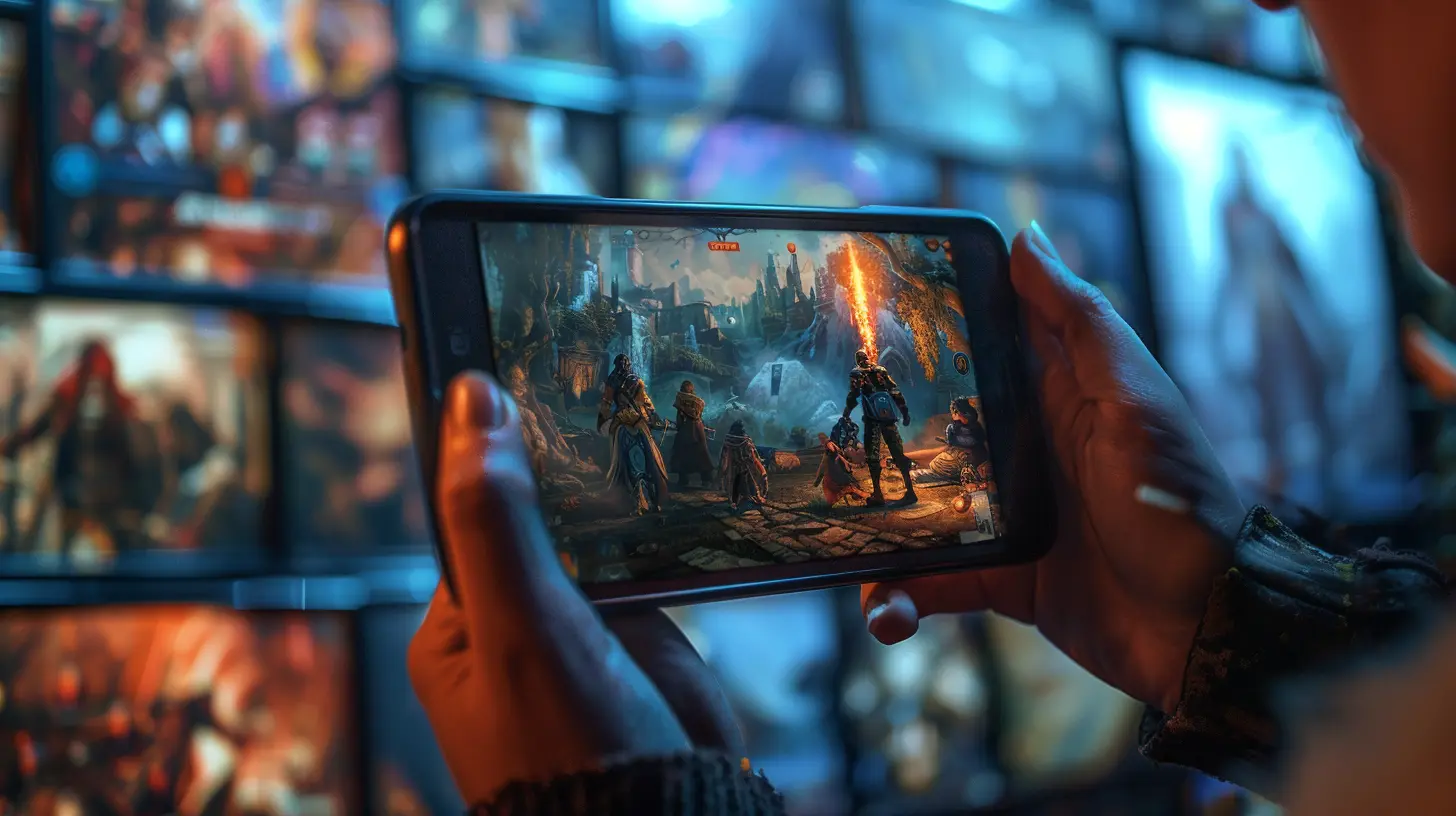
The Humble Beginnings of Mobile Gaming
Let’s rewind the clock to the late '90s. The world was a simpler place—Tamagotchis were thriving, the Y2K scare loomed over us, and mobile phones were… bricks, essentially. But hey, they were bricks with game-changing potential. Enter Snake, the OG mobile game, which landed on Nokia phones in 1997.Do you remember Snake? (If you don’t, I’m gonna go cry in a corner and feel old.) It was dead simple: guide a hungry little pixelated snake around the screen to eat dots and avoid crashing into yourself. Think of it as the gaming world’s equivalent of bread and butter—basic but oh-so-satisfying.
Back then, mobile gaming wasn’t flashy. No jaw-dropping graphics, no fancy touchscreens—heck, half the time, you couldn’t even see the screen in direct sunlight. But it didn’t matter. Snake had something that still resonates today: accessibility. It was a game you could play during work meetings (don’t lie, you did it) or on the bus ride home. It was casual gaming before casual gaming was even a thing. 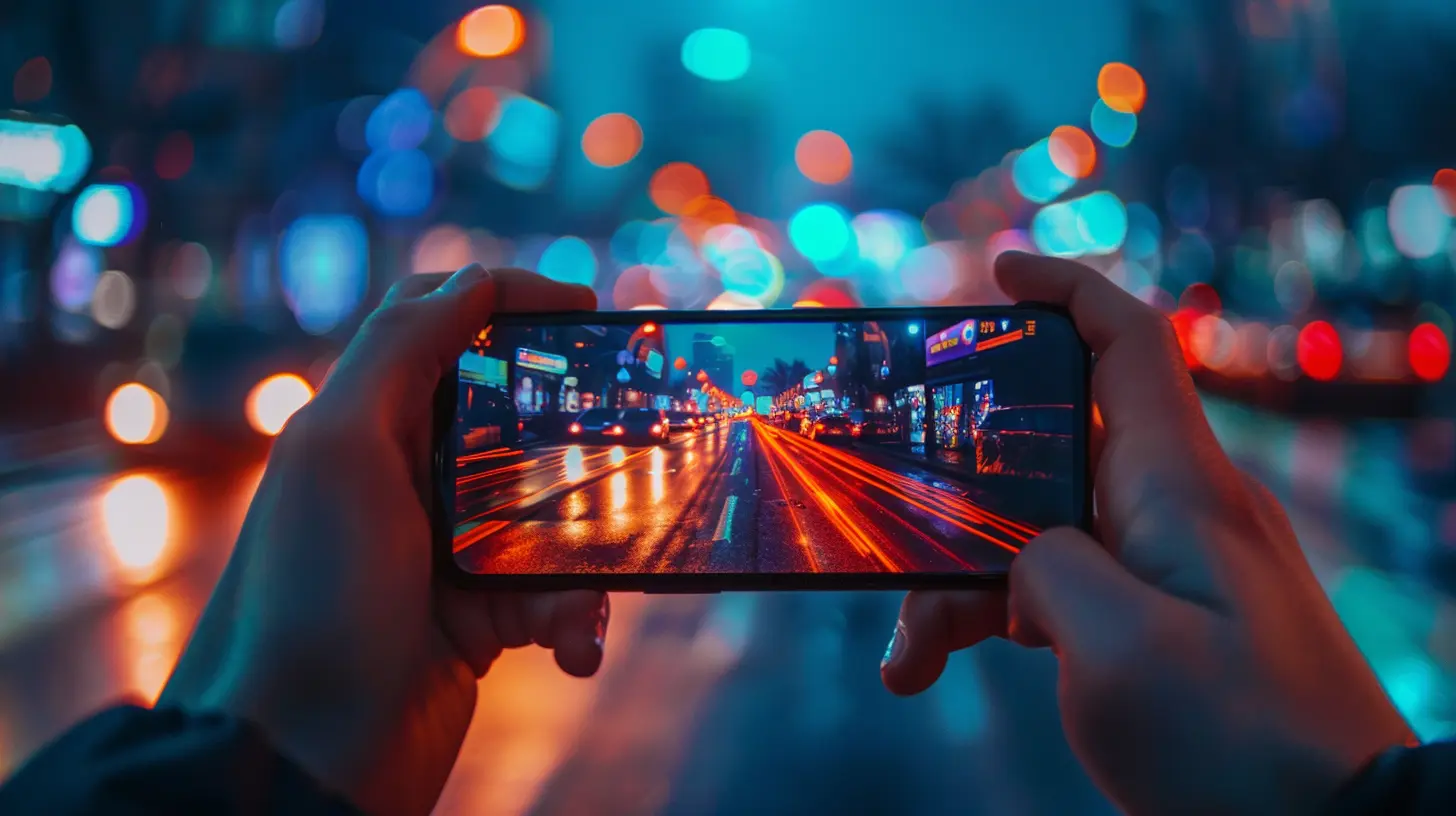
Mobile Gaming Gets a Glow-Up: The Advent of Java and Flip Phones
Fast-forward to the early 2000s, and mobile gaming started to feel a bit more… alive. With the rise of flip phones and Java-enabled devices, we suddenly had more options than just Snake. Games like Space Impact and Bounce became household names, albeit still pretty basic by modern standards.Java was like the duct tape of the mobile gaming industry—it held everything together. Developers didn’t need to make separate versions of games for each mobile phone model anymore. Instead, Java acted as the universal language that could make games work on a wide array of devices. It was like the Esperanto of mobile gaming!
Sure, these games were still super simplistic. But they paved the way for what was coming next—a tidal wave of innovation that would flip the gaming industry on its head. 
The Smartphone Revolution: Mobile Gaming Goes Mainstream
Alright, let’s talk about the moment that changed everything: the launch of the iPhone in 2007. Now, I’m not saying Apple single-handedly invented modern mobile gaming (shoutout to Blackberry and Palm for trying their best), but they definitely lit the fuse.With the iPhone came the App Store in 2008, and suddenly, mobile gaming was no longer just an afterthought on your phone. It was an entire ecosystem. Developers could now create and distribute games to millions of users with just a few clicks. The floodgates were officially open.
This era gave birth to iconic games like Angry Birds, Temple Run, and Fruit Ninja. Remember flinging those furious little birds into poorly constructed pig fortresses? Yeah, those were the days. These games were addictive, easy to learn, and perfect for killing time while waiting in line for your morning coffee.
The introduction of touchscreens changed the game (literally). Suddenly, gaming wasn’t limited to clunky buttons or awkward keypads. You could swipe, tap, and pinch your way through entire worlds. It was revolutionary. 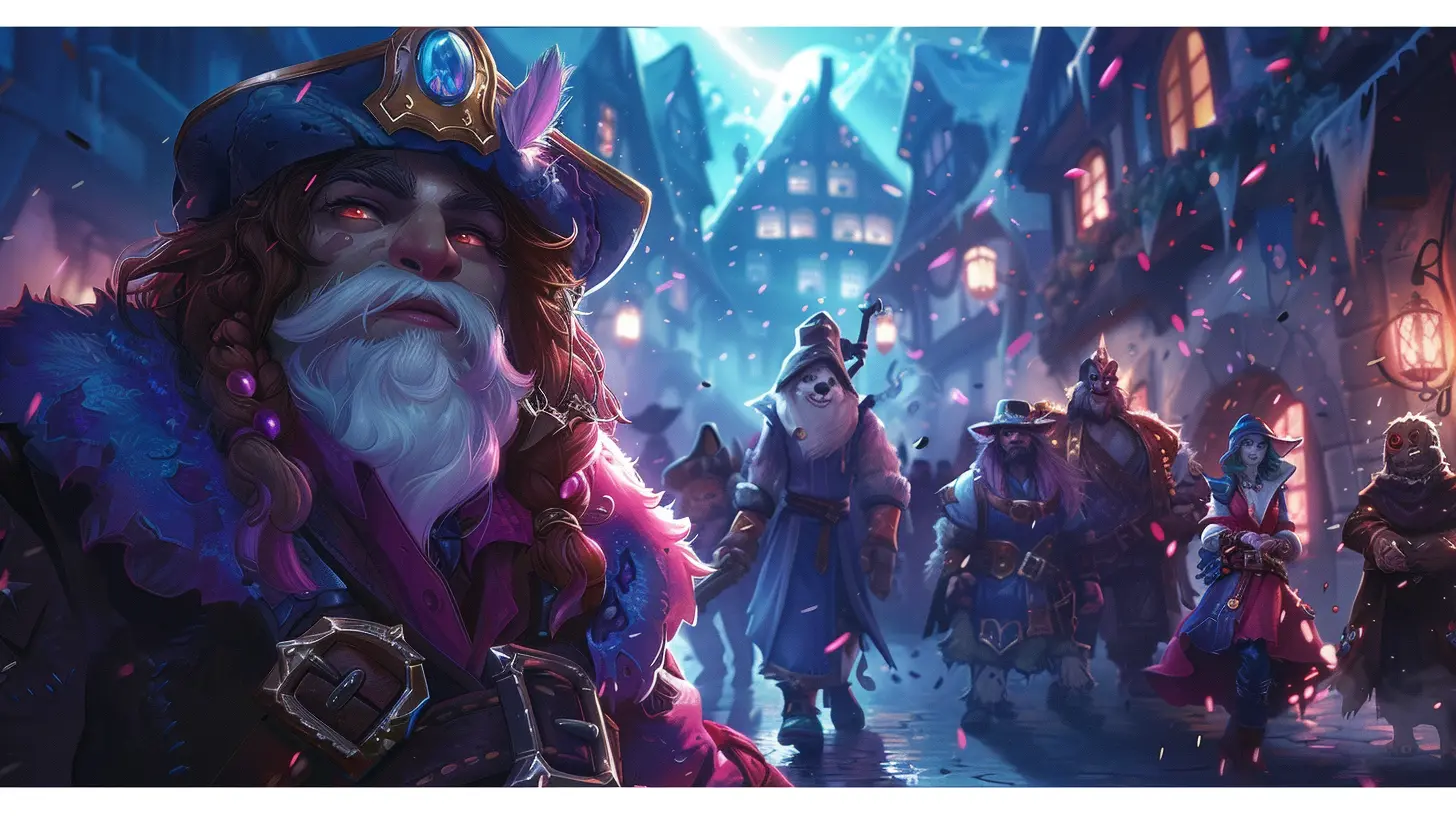
Freemium Frenzy: When Free Games Took Over
Now, let’s talk about the elephant in the room: the rise of freemium games. You know the ones I’m talking about—those "free" games that end up costing you an arm and a leg in microtransactions.Games like Candy Crush and Clash of Clans rode the freemium wave straight to the bank, raking in billions of dollars. The model was simple: let people download the game for free, hook them with addictive gameplay, and then charge them for extra lives, gems, or a fancy new skin for their character.
It’s a bit like selling air. You don’t technically need to buy anything to survive (or play), but those little extras just make life so much more enjoyable, don’t they? Love it or hate it, freemium games changed the mobile gaming industry forever. They turned casual players into loyal (and paying) fans, and they proved that mobile gaming wasn’t just a passing fad—it was a billion-dollar industry.
Mobile Gaming Today: A Global Powerhouse
These days, mobile gaming isn’t just a sideshow—it’s the main event. With games like PUBG Mobile, Call of Duty Mobile, and Genshin Impact, we’ve officially entered the age of AAA-quality games on our phones. The line between console gaming and mobile gaming is blurrier than ever, and honestly? I’m here for it.What’s wild is how diverse the mobile gaming audience has become. It’s no longer just hardcore gamers or tech enthusiasts—it’s your grandma playing Words With Friends, your little cousin crushing it on Roblox, and your dad trying to beat your high score on Subway Surfers.
And let’s not forget esports. Yeah, you heard me right—mobile esports is a thing now. Games like Mobile Legends and Free Fire have competitive scenes with prize pools big enough to buy a small island (or at least a really nice yacht).
The Tech Behind the Magic
Of course, we can’t talk about modern mobile gaming without giving a shoutout to the technology that makes it all possible. From powerful processors and GPUs to advanced AI and cloud gaming, today’s smartphones are basically pocket-sized gaming rigs.And let’s not forget about 5G. This zippy new network is like putting a jetpack on mobile gaming. With ultra-low latency and lightning-fast speeds, it’s making things like cloud gaming and multiplayer experiences smoother than butter on a hot slice of toast.
The Future of Mobile Gaming: What’s Next?
So where do we go from here? Well, if the past couple of decades have taught us anything, it’s that mobile gaming is just getting started. Here are a few trends to keep an eye on:1. Augmented Reality (AR) and Virtual Reality (VR)
Remember the Pokémon GO craze of 2016? That was just a taste of what AR gaming can do. As AR technology improves, we’re going to see even more immersive experiences that blend the virtual and real worlds. Imagine battling dragons in your backyard or solving mysteries in your neighborhood.2. Cloud Gaming
Why clutter your phone with downloads when you can stream games from the cloud? Services like Xbox Cloud Gaming and Google Stadia are making it easier than ever to play high-quality games on any device—no expensive hardware required.3. AI-Powered Games
AI isn’t just for chatbots or self-driving cars. Developers are already using it to create smarter NPCs, adaptive storylines, and personalized gaming experiences. The future is going to feel a lot more… alive.4. Wearables and Beyond
As wearable tech like smartwatches and AR glasses become more advanced, mobile gaming might move off our phones entirely. Who’s ready for a Black Mirror-esque future where gaming is literally in front of your eyes 24/7?Wrapping It Up
From the charming simplicity of Snake to the jaw-dropping graphics of Genshin Impact, mobile gaming has come a long way in a relatively short amount of time. It’s been a wild ride full of quirky innovations, questionable monetization models, and a whole lot of fun. And with future tech looming on the horizon, things are about to get even crazier.So, the next time you fire up your favorite mobile game, take a moment to appreciate just how far we’ve come—and how much further we can go. Now, if you’ll excuse me, I’ve got a Candy Crush level that isn’t going to beat itself.
all images in this post were generated using AI tools
Category:
Gaming IndustryAuthor:

Emery Larsen
Discussion
rate this article
3 comments
Melissa McDonald
This article adeptly traces mobile gaming's transformative journey, highlighting technological advancements, changing player dynamics, and predicting an exciting, immersive future.
June 19, 2025 at 4:39 PM

Emery Larsen
Thank you for your insightful comment! I'm glad you found the article comprehensive and engaging.
Mistral Porter
Mobile gaming has transformed from simple pixelated games to complex, immersive experiences. As technology advances, we can expect even richer gameplay and innovations, shaping how we engage with games in the future.
June 16, 2025 at 4:08 AM

Emery Larsen
Absolutely! The evolution of mobile gaming not only showcases technological advancements but also highlights the shift in player engagement, paving the way for future innovations and experiences.
Kane McClendon
This article brilliantly captures the transformative journey of mobile gaming. It highlights key innovations and trends, shedding light on future possibilities that promise to redefine our gaming experiences. Great read!
June 15, 2025 at 2:38 AM

Emery Larsen
Thank you for your thoughtful feedback! I'm glad you enjoyed the article and found it insightful.

